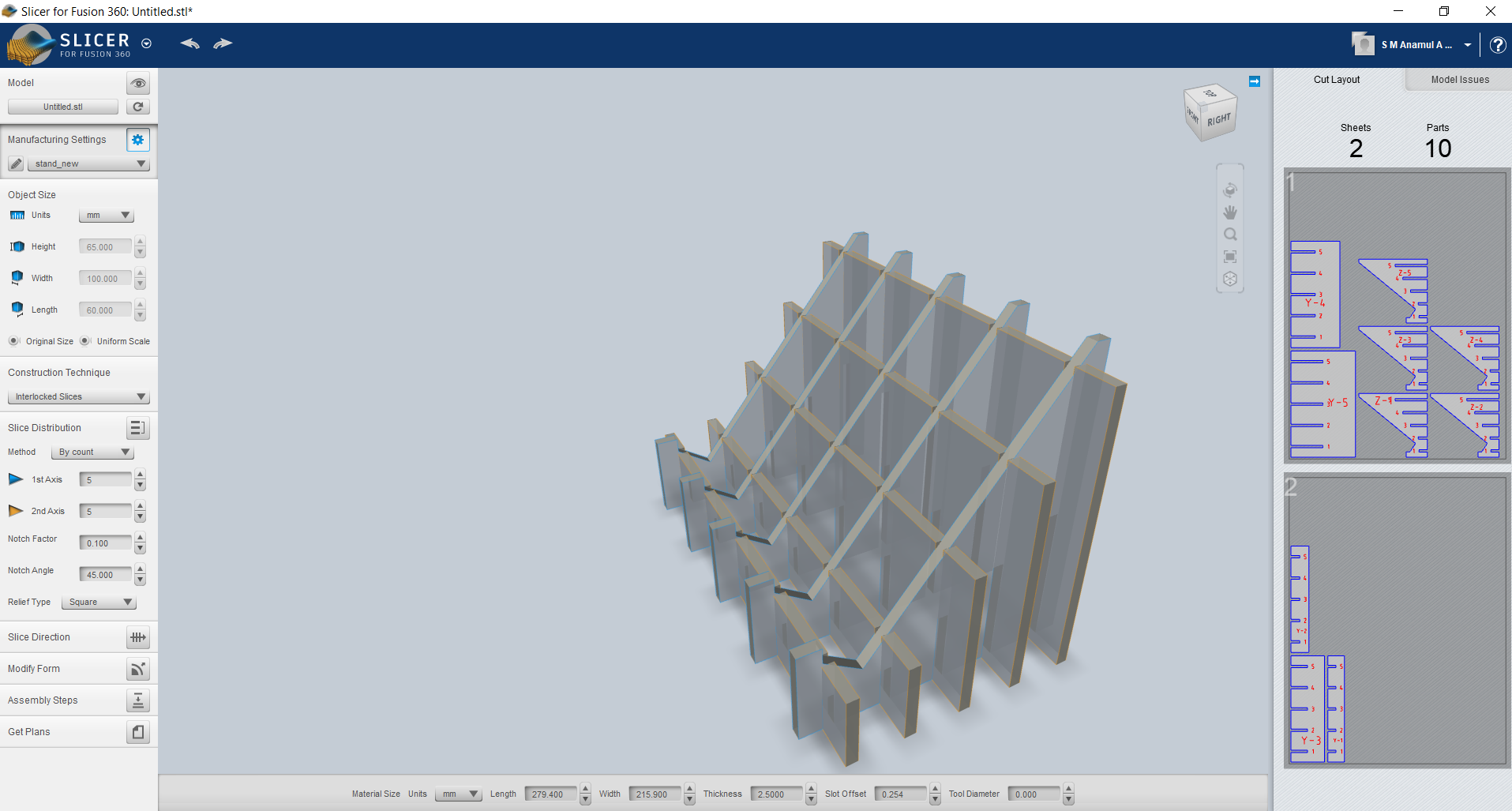

The inner radius has been experimentally proven to be around 1/6 of the opening width, meaning the equation looks like this: ir=V/6. When bottoming, an important step is calculating the V-die opening. The angle difference accounts for the springback effect The possibility to use more force lessens the springback effect and provides good precision. Bottoming makes exerting this force possible, as the final angle is preset. With bottoming, the inner radius of the angled sheet depends on the die’s radius.Īs the inner line gets compressed, it needs more and more force to further manipulate it. As the name “bottom pressing” suggests, the punch presses the metal sheet onto the surface of the die, so the die’s angle determines the final angle of the workpiece. Bottomingīottoming is also known as bottom pressing or bottom striking. The opposite happens with stainless steel – the required force is 1.7x higher than the ones displayed in this table. When you want to bend aluminium, the tonnage value can be divided by 2, as it needs less force. This table applies to construction steels with a yield strength around 400 MPa. Still, there is one thing to keep in mind. Therefore, even a simple bench with enough room to bend 3 m pieces will do the job. My workpiece’s bending line is 3 m, so the overall needed force is 3*22=66 tonnes. The lowest common bench capacity is around 100 tonnes. The required die width is 12 mm and tonnage per meter is 22. I can now see that the minimum flange length is 8.5 mm for such a bend, so I have to keep it in mind when designing. To keep it simple, I also use a 2 mm inside radius. Let’s say I have a 2 mm thick sheet and I want to bend it. The highlighted options are recommended specifications for metal bending. You can see that thicker materials and smaller inside radii require more force, or tonnage. Each operation needs a certain tonnage per meter. You can also see the die width V (mm) that is needed for such specifications. The table below helps you identify the minimum flange length b (mm) and inside radii ir (mm) according to material thickness t (mm). Air bending and bottoming account for around 90% of all bending jobs. V-bending is the most common bending method using a punch and die. It has three subgroups – bottoming, air bending and coining. Simpler methods are more flexible and most importantly, need less different tools for getting a result. The dilemma is usually between going for accuracy or simplicity, while the latter gets more usage. There’s quite a few different bending methods available.


 0 kommentar(er)
0 kommentar(er)
